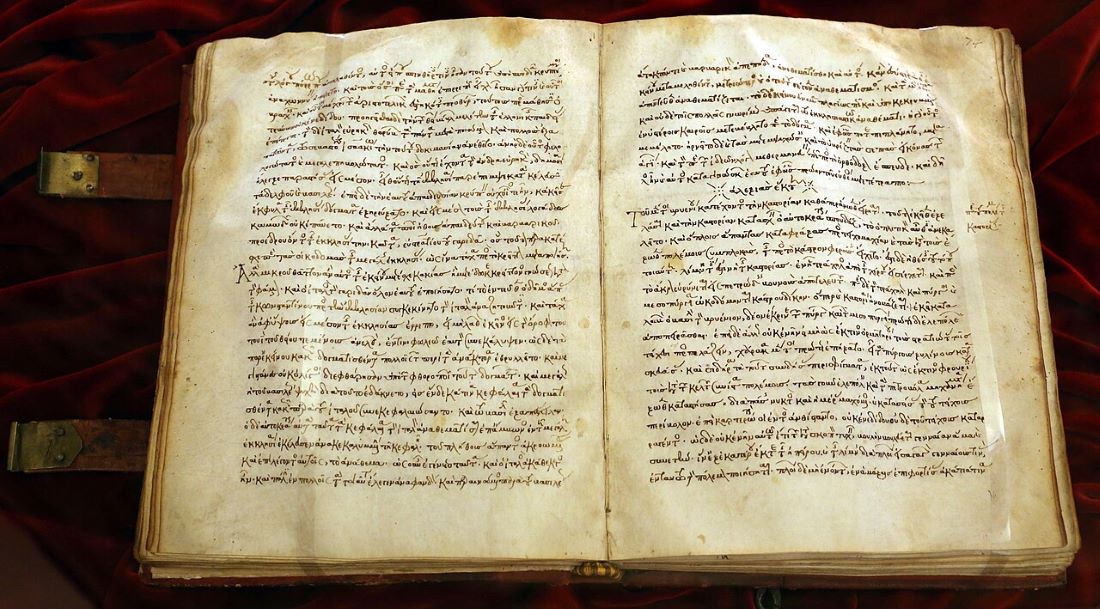Anna Komnene is one of the rare medieval women whose legacy endures through her contributions to history. As one of the earliest female historians, her work, the Alexiad, provides a detailed chronicle of her father, Emperor Alexios I Komnenos’s reign, offering an unparalleled glimpse into the Byzantine Empire during a time of great upheaval.
Origins, Youth, and the Struggle for the Throne
Anna Komnene was born in 1083 into the illustrious Komnenos dynasty, a family renowned for its military prowess and political influence in the Byzantine Empire. As the eldest daughter of Emperor Alexios I and Empress Irene Doukaina, Anna was immersed in the intellectual and cultural life of the imperial court from a young age. She received an education that was exceptional for a woman of her time, mastering Greek and becoming well-versed in philosophy, medicine, and theology—fields that would deeply influence her later work.
Anna’s marriage to Nikephoros Bryennios the Younger, a distinguished general and historian, further solidified her position within the Byzantine elite. After Alexios I’s death in 1118, Anna, with the support of her mother, attempted to challenge the succession of her brother, John II Komnenos. The plot failed due in part to her husband Nikephoros’s reluctance to support the coup, leading to Anna’s eventual retreat from political life.
Despite this setback, Anna continued to live in relative obscurity, dedicating herself to scholarly pursuits. It was only years later, after her husband’s death in 1137, that Anna took monastic vows and joined the Kecharitomene monastery, founded by her mother. In this peaceful environment, she began her life’s work, transforming her husband’s historical project into the Alexiad.
The Alexiad and Its Significance
The Alexiad, written during Anna’s years in the monastery, stands as one of the most significant historical works of the Byzantine era. Originally based on her husband’s unfinished history, the Alexiad evolved into a comprehensive account of her father’s reign through Anna’s meticulous work and dedication. It details the military campaigns, political maneuvers, and strategic decisions that characterized Alexios I’s efforts to restore the Byzantine Empire during a period of great external and internal challenges.

One of the most remarkable aspects of the Alexiad is its meticulous detail and breadth of coverage. Anna provides a vivid depiction of the Byzantine court, the complexities of diplomacy, and the intricacies of military strategy. Her narrative begins with the Norman invasion of Byzantine territories and continues through the events of the First Crusade, offering a unique perspective on these pivotal moments in history. As a member of the imperial family, Anna had unparalleled access to the inner workings of the empire, allowing her to present a narrative that is both deeply informed and intensely personal.
While some historians criticize Anna’s work for its subjectivity, particularly in her portrayal of her father, it is important to understand the context in which she wrote. The Alexiad was as much a defense of her father’s legacy as it was a historical record. Anna’s personal perspective adds a human dimension to the history of the era, making the Alexiad not just a chronicle, but a reflection of the complexities of power, loyalty, and familial duty.
In conclusion, the Alexiad stands as a vital primary source for understanding the Byzantine Empire and the First Crusade. Anna Komnene’s work is not only a chronicle of her father’s reign but also a testament to her intellectual prowess and the complex dynamics of her time.
Historical Challenge: Can You Conquer the Past?
Answer more than 18 questions correctly, and you will win a copy of History Chronicles Magazine Vol 1! Take our interactive history quiz now and put your knowledge to the test!

